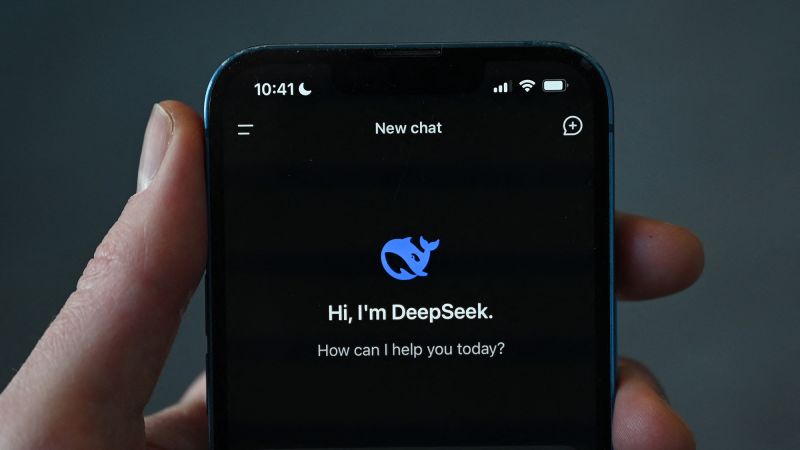In a significant development in the competitive landscape of artificial intelligence, the Chinese startup DeepSeek has unveiled an update to its R1 reasoning model, named R1-0528, early Thursday. This advancement represents a pivotal moment in the ongoing rivalry with prominent US AI companies such as OpenAI. The release of R1-0528 has the potential to reshape the market dynamics and intensify the competition in the AI sphere.
DeepSeek debuted the R1-0528 model on the popular developer platform Hugging Face, yet the company has not released an official public announcement regarding this upgrade. As a result, there has been no detailed description or comparative analysis shared by the company about the new model’s capabilities. This lack of information has left industry experts and users eager for further insights into how R1-0528 stacks up against existing models from competing firms.
The new model’s performance can partially be gauged through its ranking on the LiveCodeBench leaderboard—a benchmark that has been meticulously developed by researchers from reputable institutions including the University of California, Berkeley, the Massachusetts Institute of Technology (MIT), and Cornell University. On this leaderboard, DeepSeek’s updated R1 reasoning model has emerged as a formidable competitor, securing a position just behind OpenAI’s o4 mini and o3 reasoning models concerning code generation tasks. Additionally, R1-0528 has outperformed notable entries from other tech giants, such as xAI’s Grok 3 mini and Alibaba’s Qwen 3. This performance is noteworthy, highlighting DeepSeek’s potential to contend with some of the most advanced AI models in the sector.
In light of these developments, Bloomberg reported that a representative from DeepSeek addressed a WeChat group, revealing that the company had completed what was termed a “minor trial upgrade” and invited users to commence testing the new model. This semi-official declaration on social media signifies an eagerness to engage the user community and foster interest in further developments from DeepSeek.
Earlier in the year, DeepSeek defied the prevailing perception that U.S. export controls were stifling China’s advancements in artificial intelligence. This shift in perspective was catalyzed by the startup’s release of AI models that not only matched but in certain areas even surpassed the cutting-edge models developed in the United States, presenting them at significantly lower costs. The impact of DeepSeek’s innovation was so profound that the original stakeholders in tech shares outside China experienced a downward shift shortly after the R1 model’s initial release in January.
Furthermore, the introduction of R1 challenged the long-held assumption that significant investments and massive computing power are prerequisites for scaling AI technology. In this evolving landscape, Chinese tech behemoths Alibaba and Tencent have responded to the competitive pressure by announcing the development of their models that claim enhancements over DeepSeek’s offerings.
In response to market dynamics, competitors like Google and OpenAI have made strategic adaptations. Google’s AI model, Gemini, has introduced discounted tiers of access for its users, while OpenAI has reduced its pricing structure and released an o3 mini model requiring less computational power. These movements signify a broader trend within the industry to enhance accessibility and affordability in AI technology.
As for DeepSeek, expectations are building around the impending release of R2, a successor to the R1 model. Reports from Reuters in March indicated that the debut for R2 was initially earmarked for May, highlighting the anticipation surrounding this new iteration. In addition, it is noteworthy that in March, DeepSeek also rolled out an upgrade to its V3 large language model, indicating the startup’s ongoing commitment to innovation and advancement in the artificial intelligence arena.
In conclusion, DeepSeek’s recent updates and the competitive responses from other major AI companies underscore a rapidly evolving and dynamic field. With increasing technological advancements, a marketplace rich with competition, and a focus on striving for superior performance, the stakes are higher now more than ever for companies operating in the realm of artificial intelligence. As the year progresses, the developments from these firms will likely continue to shape the future of AI technology and its applications across various industries.



